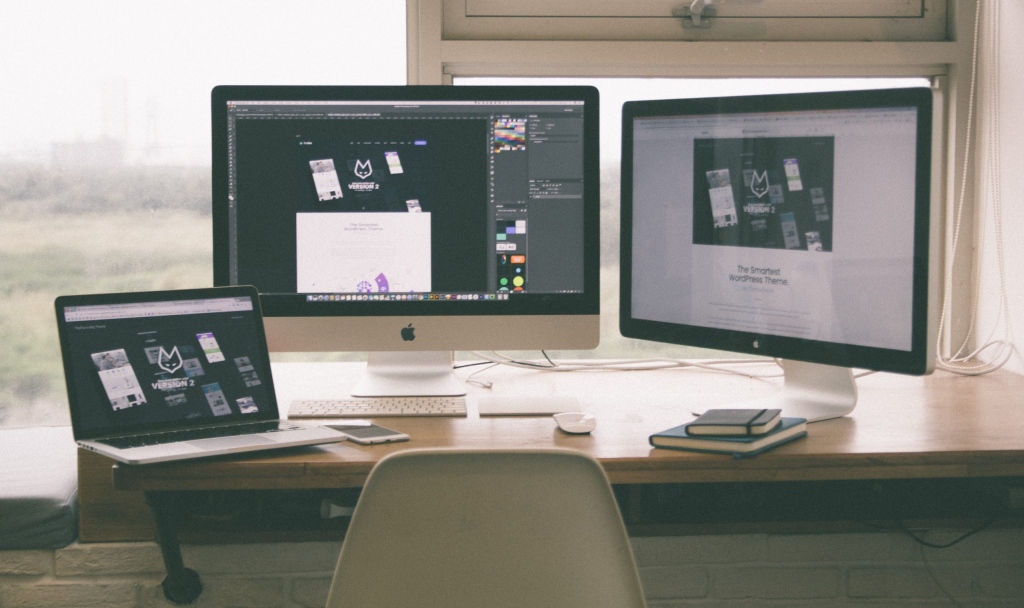Designing a website can be difficult, especially if you don’t know what to look for. There a lot of factors that need to be well thought out while planning a new website. It’s not just deciding on color schemes and fonts; you also need to consider the functionality and usability of the site. This makes deciding what kinds of pages to have on your site, how much time a user should spend on your site, and how much information you need to communicate very importantly. Here is a list of some items to consider when planning a website design to get the best result for your money, time, and effort.
1. User Experience
The user experience is a key for any website’s success. If your users have a good experience, they will keep coming back. If they don’t, they won’t return—and they’ll tell their friends not to come either. That is why you must plan your website with the help of UI/UX designer. If you don’t have budget to hire full time designer, then consider to hire remote UI/UX designer – but do collaborate with them for best results
When planning your website design, think about how you want your users to feel when they visit: warm and fuzzy? Excited? Confused? Terrified? It’s up to you!
2. Visuals
You’ve probably heard this: “A picture is worth a thousand words.” Well, it’s true! When designing a website, you must pay close attention to both the visuals and the text on each page—especially the visuals. Your website will only be as good as its design and layout; if readers can’t easily find what they’re looking for or become distracted by clashing colors or poor use of whitespace, then they won’t stick around very long.
3. Interactivity
Regarding website design, the term “interactive” can be a bit misleading. What we mean is, how easy is it for your site visitors to navigate around and find what they’re looking for? Are there any interactive elements on your pages that make sense? For example, if you’re selling a product, do you have an interactive element that allows
the visitor to click a button and get more information about the product?
4. Features and Functionality
Your website needs to be able to perform all the functions that your business needs it to perform. This includes things like inventory management, shipping tracking numbers, and reporting on sales figures. It also includes accepting payments from customers via credit card or Paypal accounts—which is why many businesses choose
to use specialized software that allows them to do this without having any additional hardware installed on their computers!
5. Mobile Approach
You know that mobile users are becoming more important every year. Some experts say that by 2023 mobile traffic will be more than desktop traffic! That being said, you need to ensure that your website works well on all devices and has been optimized for mobile and desktop users. This may mean redesigning certain aspects of your site or adding new elements to make it more mobile-friendly.
6. Backend Technology
The backend technology is the most important part of your website. The backend is the parts of your site that users don’t see, but they’re vital to its operation. You should consider how much traffic your site will get and how much storage space it will need. You’ll also want to consider whether or not you want an e-commerce site, which requires a different type of backend than a blog or informational page.
7. Website Hosting
Website hosting is another important consideration when planning a website design. Your hosting provider will host your website on their servers and ensure that it’salways up and running so visitors can access it anytime. You must choose a hosting provider that offers reliable service and fast page load times so your visitors aren’t frustrated by slow-loading pages or broken links (which could happen if there’s too much traffic).
8. Search Optimization
Think about your website as a storefront. Your ultimate goal is to get customers in the door and keep them returning. The more people who visit your site, the more chances you have to convert them into customers. This means that search engine optimization (SEO) is critical to your success.
SEO is the process of ensuring web pages rank highly in search engines for specific keywords so that users can find them when searching for those terms.
9. Design Trends & Colors
One of the most important decisions you will make when designing your website is choosing which design trends will work best for your brand’s image and goals. There are many different styles today: from minimalistic layouts with bright colors; to designs with bold patterns; to more traditional designs featuring neutral tones like black or white backgrounds with dark text boxes against them; and everything in between!
Conclusion
Step back once before you jump forward. Determine your website’s purpose, and think deeply about who will be visiting the site to complete a goal. There is a lot you can learn from planning your website. If you plan the layout first, it makes the design process a lot easier and quicker. By planning the site, you will find that you have answered most of your design questions before even beginning to design your site.
